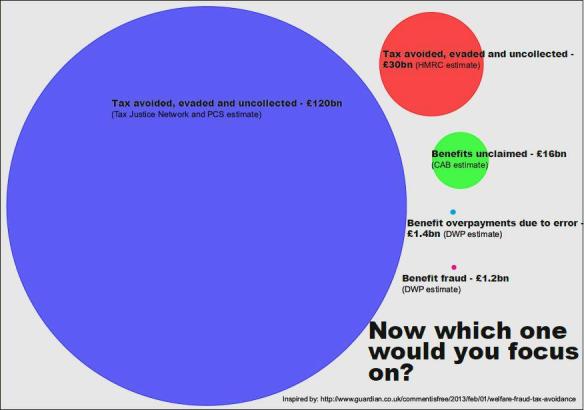
Draw an X on Britain’s economy and win a Mini Metro*
The central, simple fact of British economic and political life is its government’s deficit of £119 billion, about 8 percent of GDP. As I wrote recently, “That works out at about £326 million pounds added to Britain’s national debt every single day, £13.6 million every single hour, £226,000 every single minute, or £3,766 every single second of fiscal year 2012/2013.”
Yet, so far, we have been able to finance this growing mountain of debt incredibly cheaply. As this debt has multiplied, yields on British gilts, the interest rate the government pays to borrow, have been hitting record lows.
There are broadly two schools of thought on this paradox. One, roughly Keynesian, says that these low yields reflect a strong appetite for British government debt in preference to investment in business or spending on consumption. The outlook of investors is, on this view, so pessimistic that they want to stash their wealth in the safe haven of gilts and it is the British government’s job to spend these savings via deficits so as to avoid a collapse of aggregate demand.
Another school of thought is more sceptical. It sees the source of the strong demand for gilts as the Bank of England, which bought up £375 billion worth of them (about a third of the national debt) under its Quantitative Easing program. On this view such fiscal wriggle room comes at the expense of monetary manipulation which would, if continued, lead to even higher inflation.
As esoteric as this might sound it is a debate that matters for all of us. The British government is accumulating so much debt that even with record low interest rates the amount it spent on debt interest increased by 8.7 percent in 2011/2012 to £48.2 billion, more than it spends on defence. Just imagine what would happen to that figure if gilt yields were to rise.
This is not a problem say some, many, though not all, from the Keynesian tradition. The British government never has to worry about whether it can pay back debt denominated in sterling, they say, because it can just get the Bank of England to produce as much new sterling as it needs to cover it.
The idea of George Osborne and Mark Carney running the printing presses to pay their bills might fill you with worries about inflation. Nonsense, the ‘Keynesians’ reply, if anyone thought inflation would be a problem this would be reflected in rising gilt yields and, as we’ve seen, yields are low.
When the coalition came to power in 2010 it rejected the Keynesian thinking and applied four tools to reduce the deficit; First there would be some tax rises; second, some spending cuts (while talking a lot about ‘austerity’ and ‘tough choices’); third, monetary policy, it was tacitly agreed with the Bank of England, would remain exceptionally easy.
But, fourth, most of the heavy lifting would be done by economic growth. In March 2012 the Office of Budget Responsibility predicted that growth would be chugging along at 0.7 percent for 2012 and 2 percent in 2013. George Osborne claimed that low yields on British gilts reflect the bond markets faith in this strategy.
And yet Britain’s economy has stubbornly refused to grow. In December the OBR downgraded its growth forecasts to -0.1 percent for 2012 and 1.2 percent for 2013. This has blown a hole in the coalition’s economic strategy.
The deficit, originally slated for extinction by 2015, will, on revised predictions, be with us until at least 2017. It looks likely that borrowing for 2012/2013 could turn out to be even higher than it was in 2011/2012.
And since the New Year this news, coupled with the Bank of England’s persistent failure to deal with above target inflation, seems to be causing some investors to reconsider Britain’s credit worthiness. Sterling has slumped to its lowest level since summer 2010. In the last six months yields on 10-year index-linked gilts have risen from 2.4 percent to 3.2 percent. The only surprise about Moody’s downgrade on Friday was that they waited this long.
In their bid to stave off the nightmare scenario of soaring yields, policymakers increasingly find their hands tied. Taxes cannot be raised, the failure of the 50p tax rate shows that our heads are bumping up against the Laffer Curve already. Spending to boost growth, which some are, incredibly, still advocating, simply risks immediate disaster. And with inflation stubbornly stuck above target Osborne cannot expect much help from Mervyn King or Mark Carney.
This just leaves spending cuts which have barely been tried so far. Osborne and King have run out of short term fiscal and monetary sticking plasters. Radical surgery cannot be postponed. Just under a year ago I wrote that “The British economy is walking a tightrope. On the one hand it has deficits the size of Greece; on the other it has interest rates as low as Germany.” We might be about to find out which it is that goes.
This article originally appeared at The Commentator
* Not legally binding







